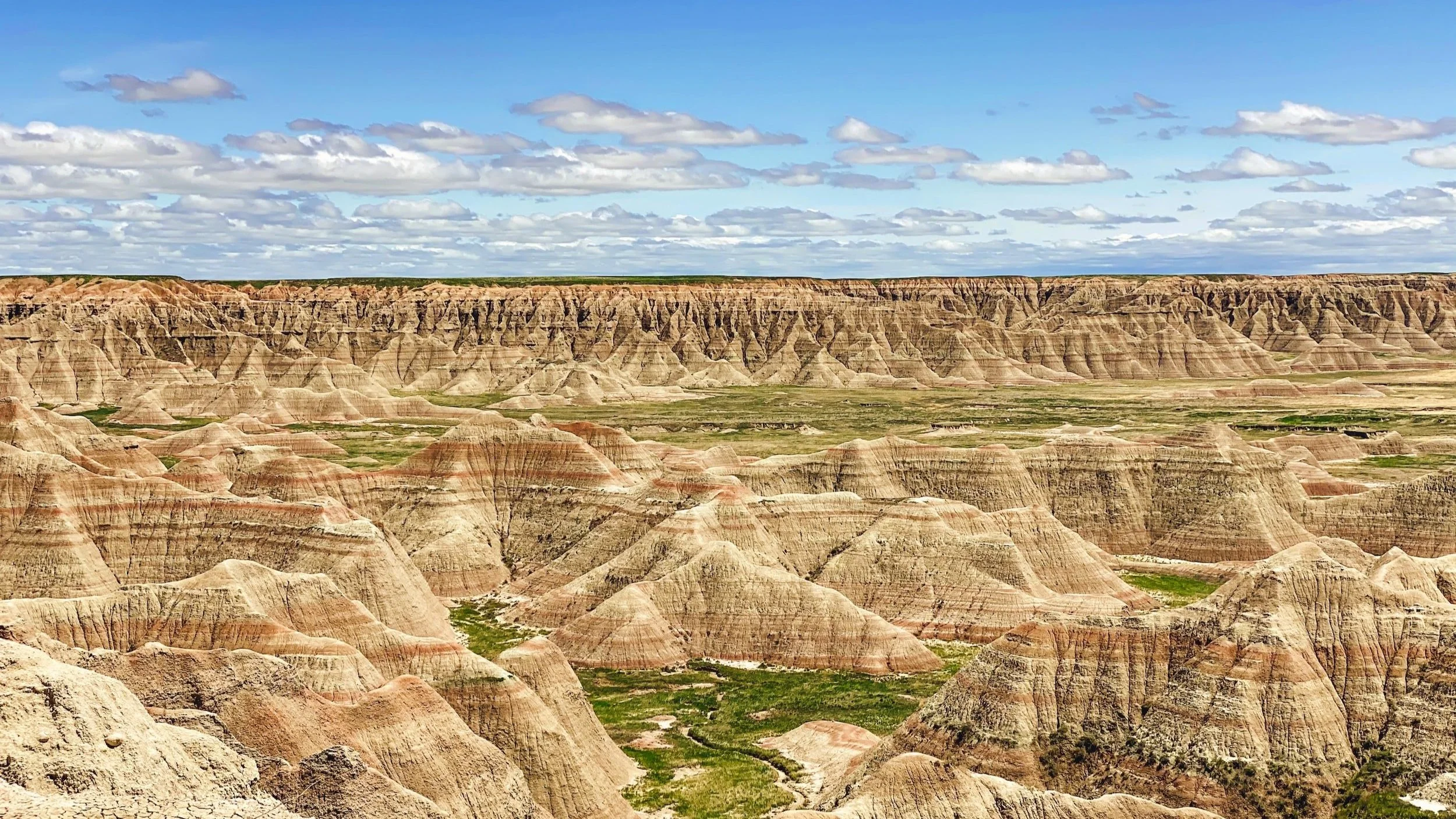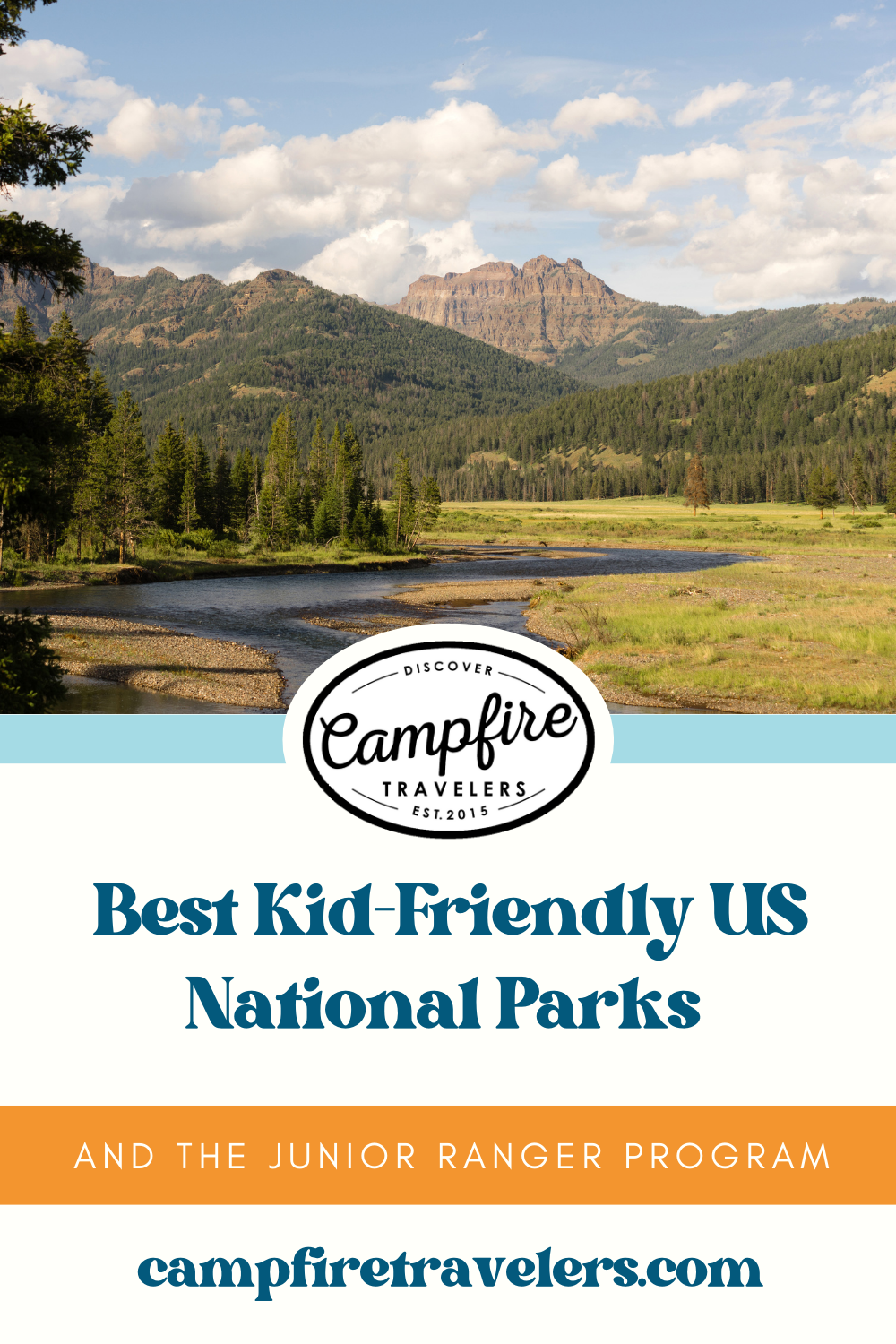The Top National Parks to Visit by RV
As more people discover the benefits of traveling in an RV, it’s no surprise that national parks have become a popular destination for those who love the great outdoors. RV travel allows you to explore the beauty of nature at your own pace, with all the comforts of home right at your fingertips. In this post, we’ll explore the top national parks to visit by RV and the benefits of taking an RV to a national park.
Benefits of RV Travel to National Parks
Traveling in an RV offers many benefits that make exploring national parks a comfortable and convenient experience. Here are some of the top benefits:
Flexibility and Freedom: One of the best things about traveling in an RV is the flexibility it provides. You can easily change your travel plans as you go, making it easy to stay longer or move on to a new destination. You also have the freedom to camp in designated campgrounds or boondock in more remote areas.
Comfort and Convenience: When you travel in an RV, you have all the comforts of home with you. You can cook your own meals, sleep in your own bed, and have your own bathroom. This makes the experience much more comfortable and convenient than camping in a tent.
Cost Savings: While RV travel does require an initial investment in the vehicle, it can save you money in the long run. You can save money on lodging, food, and transportation, and you can also avoid expensive airline tickets and rental cars.
Family-Friendly: RV travel is an excellent option for families, as it allows you to bring all the comforts of home with you. With an RV, you can easily accommodate a family of four or more, providing ample sleeping space, a kitchen, and a bathroom. RVs also offer plenty of storage space, making it easy to bring along all the gear and supplies you need for a family vacation.
Faster Access to the Park: If you’re already camping within the boundaries of the park you’ll have faster access to the sights than the visitors that still have to enter through the gates. Meaning you can venture off the beaten path and explore these less-traveled areas, getting a more authentic and intimate experience of the park with less hassle.
Community: RV travel also offers a sense of community that you don't get with other types of travel. Campgrounds are often filled with other RVers, providing opportunities for socializing, sharing tips and stories, and making new friends.
Environmental Consciousness: RV travel can also be more environmentally friendly than other forms of travel. RVs are more fuel-efficient than cars and airplanes, and they also produce less carbon emissions per passenger mile. Additionally, RVers tend to be more conscious of their impact on the environment and often follow Leave No Trace principles, helping to preserve the natural beauty of national parks.
Educational Opportunities: National parks offer a wealth of educational opportunities for travelers of all ages. With an RV, you can spend more time exploring the park and participating in guided tours, ranger talks, and other educational programs. RV travel also allows you to experience the natural environment more intimately, providing a greater appreciation for the natural world and its importance.
Top National Parks to Visit by RV
Yellowstone National Park: Yellowstone is one of the most popular national parks in the United States, and for a good reason. With over 2 million acres of natural wonders, including geysers, hot springs, and wildlife, there is something for everyone. The park has over 12 campgrounds, including some that accommodate RVs up to 40 feet long.
Grand Canyon National Park: The Grand Canyon is one of the most iconic natural wonders in the world, and it’s a must-see for any RV traveler. The park has several campgrounds, including the popular Trailer Village RV Park (South Rim), which accommodates RVs up to 50 feet long.
Zion National Park: Zion is known for its stunning red rock formations and hiking trails. The park has several campgrounds, including the Watchman Campground, which accommodates RVs up to 35 feet long.
Acadia National Park: Located in Maine, Acadia is known for its stunning coastline, hiking trails, and fall foliage. The park has two campgrounds that accommodate RVs, including the popular Blackwoods Campground.
Rocky Mountain National Park: With over 400 square miles of mountainous terrain, Rocky Mountain National Park is a popular destination for hikers, climbers, and wildlife enthusiasts. The park has several campgrounds, including the Moraine Park Campground, which accommodates RVs up to 40 feet long.
Yosemite National Park: Yosemite is known for its granite cliffs, waterfalls, and giant sequoia trees. The park has 13 campgrounds, including some that accommodate RVs up to 40 feet long.
Arches National Park: Arches is known for its unique rock formations, including over 2,000 natural stone arches. The park has one campground, the Devils Garden Campground, which accommodates RVs up to 40 feet long.
Glacier National Park: Glacier is known for its stunning mountain views and wildlife, including grizzly bears and mountain goats. The park has several campgrounds, including the Apgar Campground, which accommodates RVs up to 40 feet long.
Joshua Tree National Park: Joshua Tree is known for its unique rock formations and desert landscape. The park has several campgrounds, including the popular Jumbo Rocks Campground, which accommodates RVs up to 35 feet long.
Bryce Canyon National Park: Bryce Canyon is known for its unique geological formations, including hoodoos and natural amphitheaters. The park has two campgrounds that accommodate RVs, including the popular North Campground.
Tips for RV Travel to National Parks
If you’re planning an RV trip to a national park, here are some tips to help you make the most of your experience:
Plan ahead: National park campgrounds can fill up quickly, especially during peak season. Make sure to make reservations about 6 months in advance on recreation.gov. Also, be aware if the park you’re visiting has timed entry reservations required.
Know the size of your RV: Before you make a reservation, make sure to know the size of your RV, including its length and height. This will help you choose a campsite that can accommodate your vehicle.
Be prepared for dry camping: Many national parks offer dry camping opportunities, which means camping in campsites without any amenities. Make sure to bring enough water, food, and supplies for your trip.
Be respectful of the environment: National parks are a precious resource, and it’s essential to leave them in the same condition you found them. Follow Leave No Trace principles and be respectful of wildlife and other campers.
Get a National Park Pass: Consider purchasing an America the Beautiful National Parks Pass. This pass gives you access to all national parks and federal lands for a year, which can save you a significant amount of money if you plan to visit multiple parks. The pass also covers entrance fees, parking fees, and some amenity fees.
Pack Smart: When packing for your RV trip, make sure to bring along all the essentials you'll need for your journey. This includes food, water, clothing, and any necessary gear or equipment. Consider making a checklist of everything you need to bring to ensure you don't forget anything important.
Know the Rules: Each national park has its own set of rules and regulations, so make sure to familiarize yourself with them before you arrive. This includes rules regarding camping, hiking, and wildlife viewing, as well as any restrictions on the use of drones or other equipment.
Be Prepared for Weather: National parks can experience a wide range of weather conditions, so make sure to pack clothing and gear for all possibilities. This may include rain gear, warm layers, and sunscreen.
Practice Good Campground Etiquette: When staying in a national park campground, it's important to be a good neighbor. This includes keeping noise levels down, respecting quiet hours, and properly disposing of trash and waste. Understand the written and unwritten rules of campground life with this post.
Consider Renting an RV: If you're new to RV travel, or if you don't own an RV, consider renting one for your trip. This can be a cost-effective way to experience the benefits of RV travel without having to invest in your own vehicle.
Exploring national parks by RV is a fantastic way to experience the beauty of nature while enjoying all the comforts of home. From Yellowstone to Bryce Canyon, there are so many incredible national parks to visit in an RV. With a little bit of planning and preparation, you can have an unforgettable adventure that will create memories to last a lifetime. So, pack up your RV and hit the road – the great outdoors is waiting for you!
For more National Park inspiration visit our other posts:
SHARE this with a friend!
SAVE this for later!



































